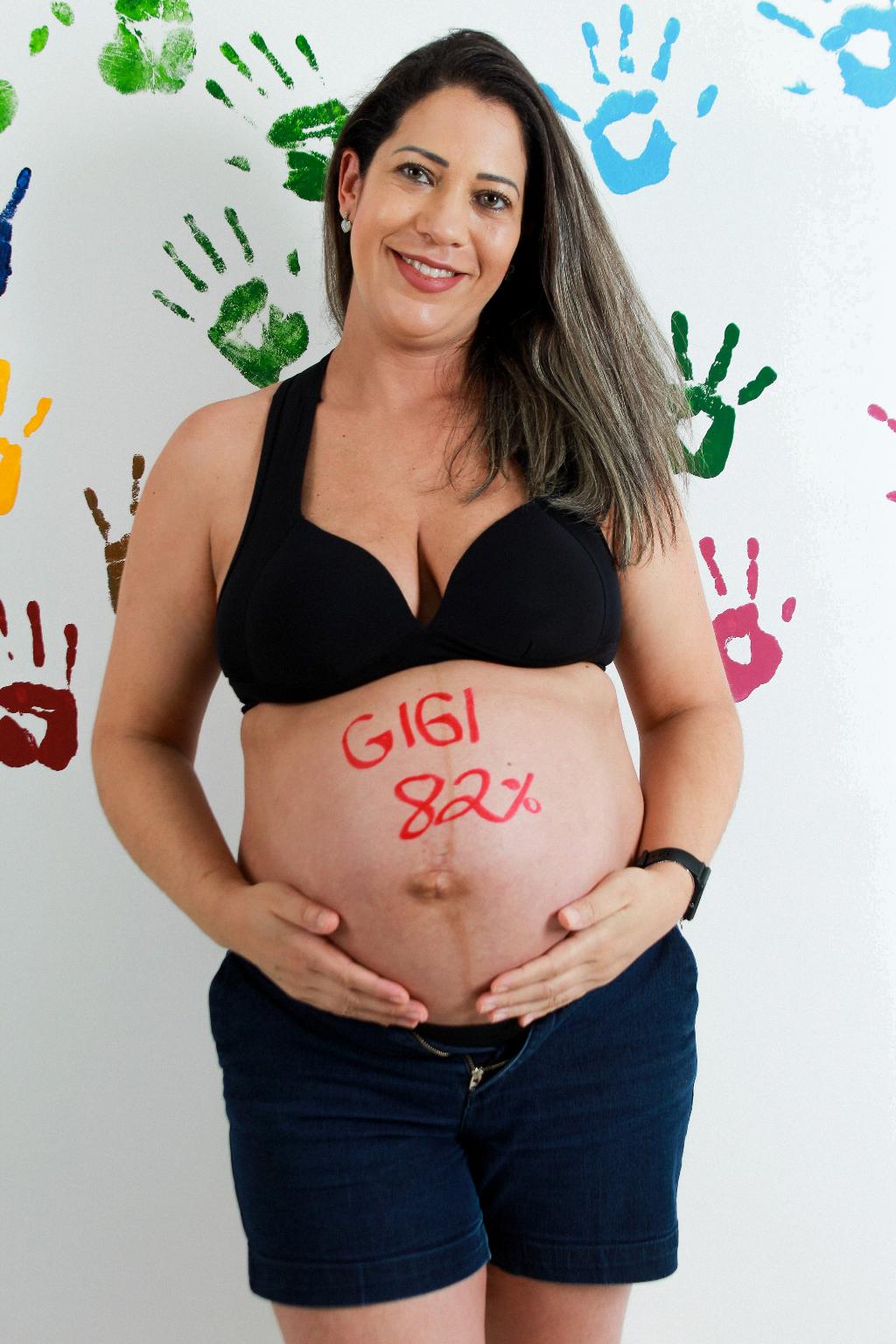During pregnancy, many women experience changes in their body that can affect how rings fit on their fingers. One common question that arises is, “When did rings stop fitting during pregnancy?” The answer varies for each woman, but there are some general guidelines to keep in mind.
For most women, the change in their finger size becomes visible around the 20th week of pregnancy. However, some women may notice this change closer to the 30th week, while a few may not observe any changes at all. It’s essential to remember that these changes are normal and temporary, and your fingers will likely return to their pre-pregnancy size soon after giving birth.
The most important rule to follow during pregnancy is to take off your rings as soon as they start feeling tight. This can prevent discomfort and ensure that your circulation is not restricted. As your body retains more water and your hands swell, wearing tight rings can be painful and lead to complications.
If you are unsure about when to stop wearing your rings during pregnancy, it’s best to consult with your healthcare provider. They can provide personalized advice based on your individual circumstances and help you make the best decision for your health and well-being.
It’s important to listen to your body during pregnancy and make adjustments as needed. If you find that your rings are starting to feel tight or uncomfortable, don’t hesitate to take them off. Your comfort and safety should always come first, and it’s perfectly normal for your ring size to change during this transformative time.
Some women may choose to switch to wearing temporary or adjustable rings during pregnancy to accommodate these changes. This can be a practical solution that allows you to continue wearing jewelry while ensuring your comfort. There are many stylish options available that are designed to expand or contract to fit your finger size.
Remember that every pregnancy is unique, and what works for one woman may not work for another. It’s essential to find what is comfortable and convenient for you during this time of change. Don’t be afraid to experiment with different ring sizes or styles to find what works best for your evolving body.
As your pregnancy progresses, you may find that certain activities or habits contribute to your fingers swelling more than usual. Staying hydrated, keeping your hands elevated, and avoiding excessive sodium intake can help reduce swelling and make wearing rings more comfortable. Taking care of yourself is crucial during this time.
For some women, the changes in finger size during pregnancy may be more pronounced, while others may barely notice any difference. It’s all part of the natural process of your body adapting to accommodate the growing baby. Embrace these changes as a sign of the incredible journey you are on and the new life you are nurturing.
When it comes to wearing rings during pregnancy, the most important thing is to prioritize your comfort and well-being. If your rings start feeling tight or restrictive, don’t hesitate to remove them. Your body is undergoing significant changes, and it’s essential to listen to what it needs during this time.
Ultimately, the decision of when to stop wearing rings during pregnancy is a personal one. Trust your instincts and do what feels right for you. Whether you choose to wear adjustable rings, switch to different jewelry, or forgo wearing rings altogether, the most important thing is to take care of yourself and your growing baby.
In conclusion, the timing of when rings stop fitting during pregnancy can vary widely among women. It’s essential to pay attention to your body’s cues, prioritize comfort, and make adjustments as needed. Enjoy this special time in your life and embrace the changes that come with it, including those that affect how your rings fit.

